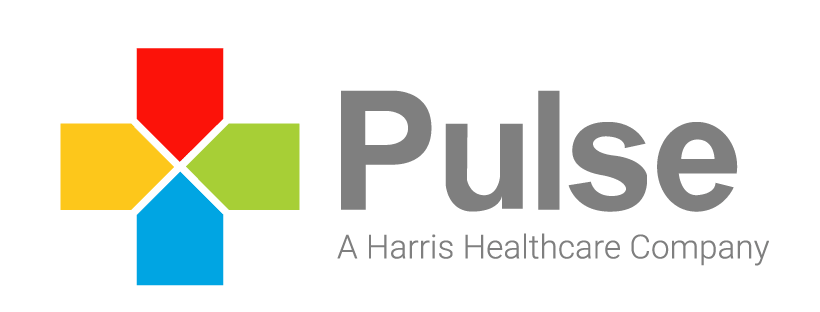As a physician, you want to be sure that your practice is on top of the revenue cycle process. We can help by implementing proper coding, effective patient registration, insurance and benefit verification, charge capture and more. If you have any doubts about whether you’re achieving the best results from your accounts-receivable management, think about how much revenue growth you could see from professional assistance. We can help you collect payments quickly, lower your adjustments/write-offs, and reduce your claims-denial rate on first submission. Why continue with an outdated system when your competitors are already using revenue cycle management for physicians?
Breaking Down RCM
Patient Registration
The process starts with patient registration. When a potential patient calls in wanting to make a first-time appointment, your front desk staff will gather their billing and insurance information. This can be a much easier process when completed online, since nothing can be miscommunicated due to a spotty connection. You’ll need a couple of days’ time to verify the information given, but this time frame is reduced when done electronically.
Charge Capture
From there, charge capture is initiated. This process is used by doctors to ensure they get paid for their service. Doctors record what services were given, and this information is then used to collect payment from patients and insurance companies. Basically, it’s reimbursement. Each service that is given receives a different code, allowing for optimal communication. If you’re still filling out forms on paper and then transmitting it digitally, you’re wasting a huge amount of your time. Plus, you’re greatly increasing your chance of error; not everyone has legible handwriting.

Automatic Payment Posting
Automatic payment posting allows you to streamline the manual payment posting process, giving you more time to focus on your patients’ needs. Electronic remittance technology is made up of two components: The Electronic Funds Transfer (EFT) and Electronic Remittance Advice (ERA). The EFT allows insurance companies to send electronic payments to healthcare providers once adjudication of valid and payable medical claims has been completed. The ERA, on the other hand, is a report that insurance companies provide to explain the payment and adjudication of medical claims. Each of these parts speeds up the delivery of payments and minimizes error.
Electronic Remittance
Electronic remittance technology is the medical assistance software of the future. When insurance payments are automatically posted using electronic remittance reports, you bypass an entire stage of translation. Our system can tackle an array of scenarios, including denials, overpayments, multiple adjustments, underpayments, reversals, secondary remittance and more. We keep you in the loop with easy view and print capabilities on all remittance reports.
Billing
A great way to boost collections is by billing closer to the date the patient receives services. Real-time billing generates patient statements every week, a feat that small practices often have trouble doing on their own. Our system creates a statement during the same week the patient was seen or the week you received their insurance coverage. By distributing billing throughout the month, you ensure your billing department doesn’t get swamped all at once. If studies show that you’re more likely to collect faster when the patient is given their bill closer to the care encounter, why wouldn’t you opt for an automated system? Our revenue cycle management for physicians gives your staff time to focus on more important matters!

Why Pulse?
We’ve found that the biggest challenge physicians face with their revenue cycle is collecting payments from patients with high deductibles. In fact, 83% of physician practices with five or fewer physicians reported this as their biggest hurdle. Physicians are turning to technology to help them overcome commercial payers that scrutinize claims more than ever before. That’s where revenue cycle management for physicians comes in.
We know that only 14% of providers used advanced modeling tools to predict patients’ ability to pay—not knowing your patients’ propensity to pay makes it difficult for front office staff to have financial discussions at the point of service. Pulse can increase point of service collections and cut down on unpaid accounts by reviewing your patient collection policies and procedures. Our revenue cycle management for physicians includes:
- Change coding, entry and review
- Electronic claims submission/management
- Managing accounts receivable
- Workflow and metrics analysis
- Best practices comparison
- Provider credentialing and registration with payers
- Payer performance
- Customized patient statements
- Patient collections
We work to strengthen your coding capabilities, reduce days in accounts receivable, and pinpoint where inefficiencies exist. Plus, we promote transparency from the very beginning of our partnership. Schedule your RCM Assessment today!
